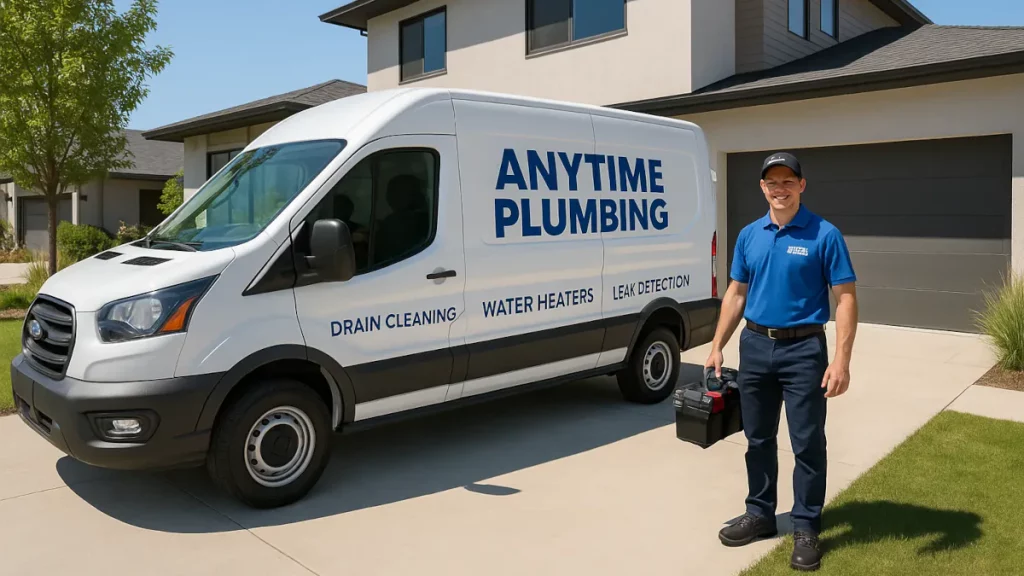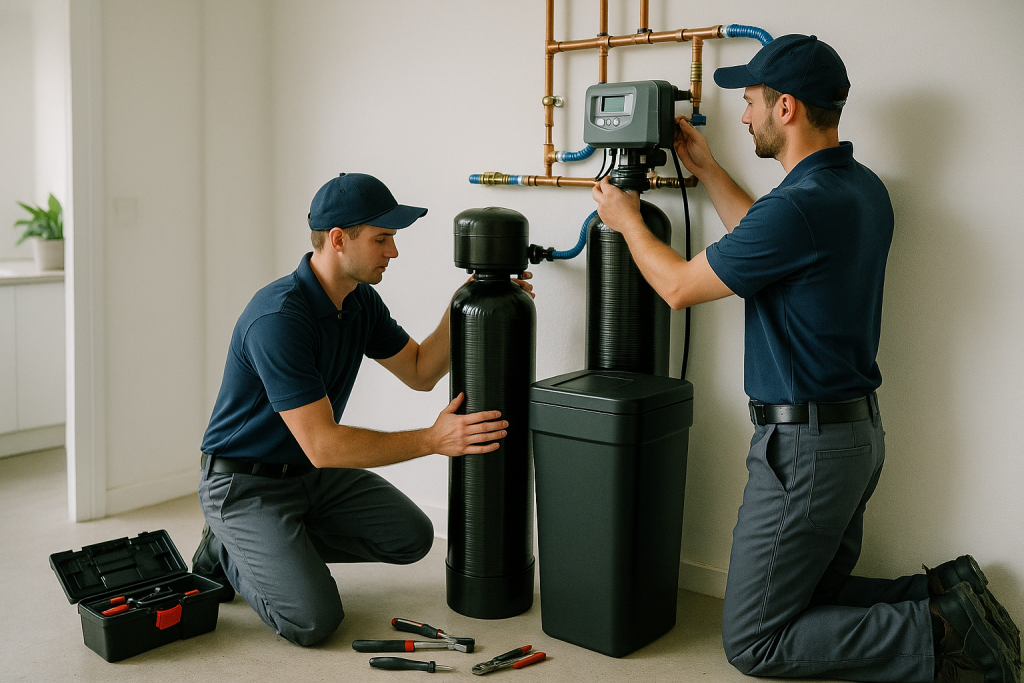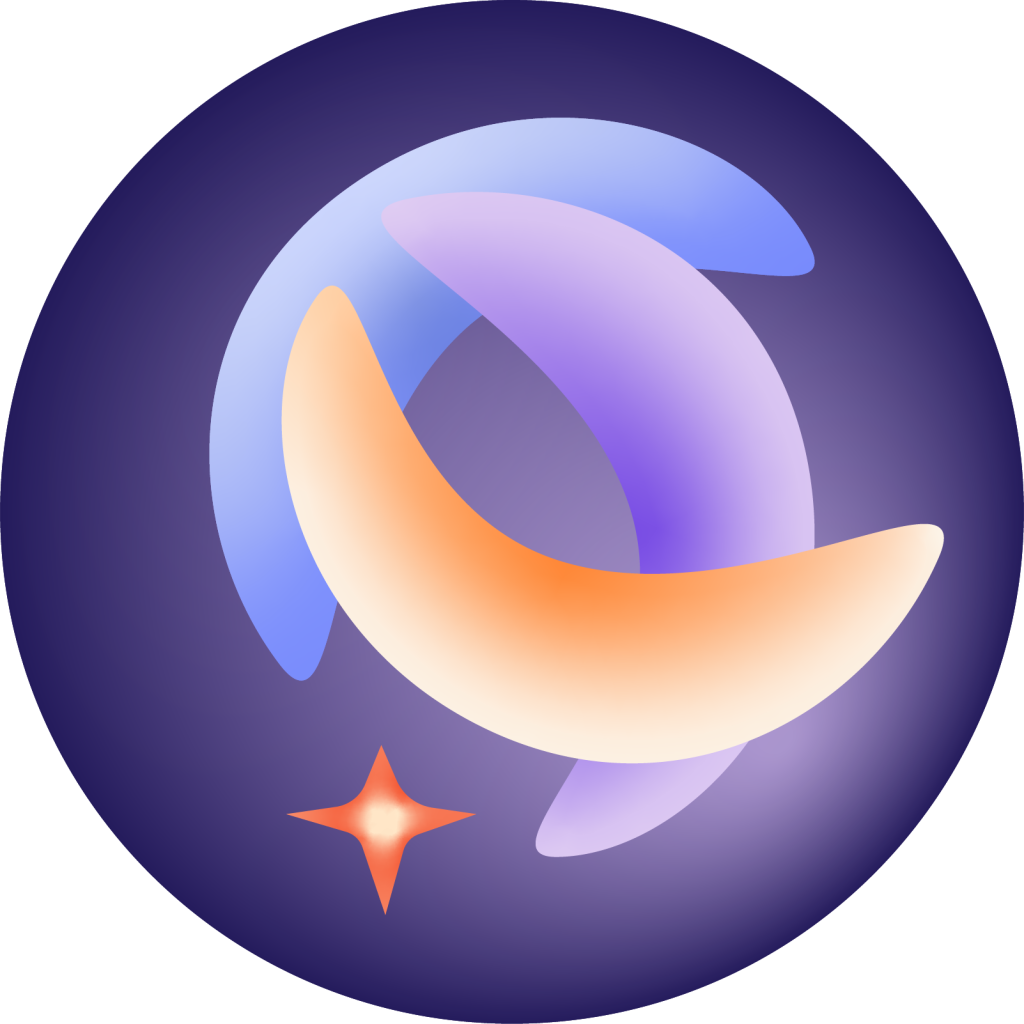Solar Control Tinting in Brooklyn, NY: Improving Comfort and Efficiency in Urban Buildings

Property owners and managers researching solar control tinting in Brooklyn, NY are often responding to practical challenges related to heat management, glare, and rising energy costs. In a dense urban environment with varied building types and significant sun exposure, untreated windows can negatively impact occupant comfort and building performance. Solar control window tinting offers a proven, non intrusive solution designed to manage solar heat gain while preserving natural light and exterior appearance.
This article explains how solar control tinting works, why it is particularly well suited to Brooklyn properties, and what factors should be considered before installation.
What Is Solar Control Tinting?
Solar control tinting involves the application of specialized architectural window film engineered to reduce the amount of solar heat and radiation entering through glass. These films are designed to selectively block infrared heat and ultraviolet radiation while allowing visible light to pass through.
Unlike darker or highly reflective window treatments, modern solar control films are available in neutral and low reflectivity options. They are commonly applied to existing windows, making them a cost effective upgrade that does not require structural changes or glass replacement.
Why Solar Control Tinting Matters in Brooklyn
Managing Urban Heat Exposure
Brooklyn buildings experience a wide range of solar conditions due to orientation, surrounding structures, and window size. South and west facing windows, in particular, can allow excessive heat into interior spaces. Solar control tinting addresses this at the glass level by reducing heat transfer before it enters the building.
Supporting Energy Efficiency Goals
During warmer months, solar heat gain can significantly increase the load on air conditioning systems. While results vary by structure and exposure, solar control tinting can help lower cooling demand, contributing to more stable interior temperatures and improved energy efficiency.
For property owners facing ongoing utility cost pressures, this represents an operational improvement rather than a cosmetic upgrade.
Key Benefits of Solar Control Tinting
Reduced Heat and Improved Comfort
By limiting infrared heat transmission, solar control films help create more comfortable interior environments. This is especially valuable in spaces near windows that tend to become uncomfortably warm during the day.
Glare Reduction Without Darkening
Solar control tinting reduces glare on screens, displays, and work surfaces while maintaining clear outward views. This balance is important in both residential living spaces and commercial environments where natural daylight is desirable.
UV Protection for Interiors
Most high quality solar control films block up to 99 percent of harmful UV radiation. This helps protect furniture, flooring, merchandise, artwork, and interior finishes from fading and long term deterioration.
Applications Across Brooklyn Properties
Solar control tinting is widely used across different building types throughout Brooklyn, including:
- Residential apartments and condominiums
- Office buildings and professional spaces
- Retail storefronts and showrooms
- Healthcare and educational facilities
- Mixed use and multi tenant properties
Each application requires a tailored approach based on building use, window orientation, and desired performance outcomes.
Installation Expertise and Local Considerations
Professional installation is essential to achieving reliable performance. In Brooklyn, installers must evaluate:
- Glass type and glazing characteristics
- Window size and frame construction
- Building orientation and sun exposure
- Compliance with NYC codes and appearance guidelines
Experienced installers conduct on site assessments and recommend film specifications that meet both performance and regulatory requirements while maintaining a uniform exterior appearance.
Durability, Maintenance, and Warranty
Solar control window films are engineered for long term performance, with typical lifespans ranging from 10 to 20 years depending on product quality and exposure conditions. Maintenance requirements are minimal and generally align with standard glass cleaning practices using non abrasive materials after the initial curing period.
Reputable manufacturers offer warranties that may cover:
- Adhesive or material failure
- Bubbling, peeling, or delamination
- Discoloration
- Loss of performance over time
These warranties are important indicators of product credibility and installer reliability.
How to Select the Right Solar Control Tinting Solution
When evaluating solar control tinting, Brooklyn property owners should consider:
- Desired level of heat rejection versus visible light transmission
- Aesthetic requirements and reflectivity limits
- Building use and occupant expectations
- Installer experience with similar properties
A consultative approach ensures the selected solution aligns with both functional goals and long term value.
Conclusion
Solar control tinting is a practical, performance driven upgrade well suited to Brooklyn’s urban building environment. By reducing heat, glare, and UV exposure, it enhances comfort, protects interiors, and supports more efficient building operation without altering architectural character. When professionally specified and installed, solar control tinting represents a durable and cost effective investment aligned with modern standards of energy efficiency and occupant well being.







